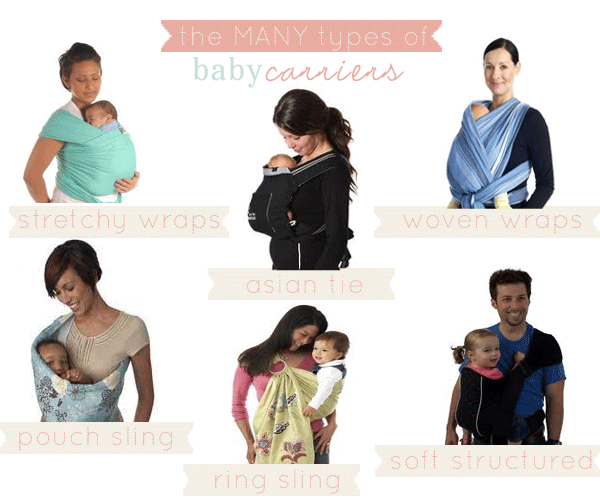Babies often want to be held and cuddled. Between feeding, changing and settling, there’s very little time to make meals or attend to the ever-growing loads of washing or housework. If you have more than 1 child to care for, giving attention to older siblings (often needy toddlers) is difficult. Welcome the baby carrier and hello to two free hands!
I didn’t use a carrier much with my first born as he loved the pram, however come baby #2 and I am completely supportive of anything that allows me to do two things at once! Carriers allow you to be hands free while remaining close to your baby. They often help keep your bubs settled and asleep as they are cozy close to mum or dad. For me, it meant I could push my toddler in a single pram or attend to his needs while still ‘holding’ my newborn.
As convenient as they can be, they can also cause a lot of strain on the body if not worn properly, after all it’s like strapping a growing, sometimes wriggling weight to your body.
Which baby carrier should I choose?
There are many things to look for when choosing the right carrier, including:
- Comfort for the wearer
- Comfort for baby
- Baby’s hip support and positioning
- Ease to put baby into and out of
Some key features to consider:
- Recommended age/weight: Look at the recommended age and weight and make sure it is suitable for your child
- Straps: straps should be broad and well padded to reduce the strain on your neck and shoulders. Hip or waist straps should sit comfortably just above your hip bones to allow for better distribution of weight and adequate back support. Make sure straps are easily adjustable
- Material: choose a breathable material if you will be wearing the carrier through summer or warmer months
- No ‘one fits all’: selection of a carrier will depend on your body shape and size, your comfort and of course your baby’s preference.
How to wear a carrier correctly:
- If wearing a carrier with straps, adjust straps evenly and fit the carrier around your body before lifting baby into position.
- Different carriers will have recommended strap length/ position depending on baby’s height and weight
- Make sure the straps or wrap material isn’t twisted and are laying in a comfortable position over your shoulders to ensure good weight distribution
- Lift baby into position and make sure he/she is close to you and centered with their weight distributed evenly
- Tighten straps or sling to bring baby’s weight close to you and ensure the carrier is taking the load of your baby.
- Make sure baby is supported well around the thighs and bottom. You don’t want to have your baby’s legs dangling without any support. When babies are very small they often are best positioned with their legs crossed and tucked into the carrier
- Consider a soft sling or a newborn insert within a structured carrier to optimise baby’s position – they should be cuddled into you in a slightly flexed position with hips gently splayed
- Ensure the carrier provides adequate head support especially until baby can lift their head independently and turn side to side
- Take breaks when you can- carrying a baby for hours on end will put strain on your back and shoulders
- Know your limits. Once your baby exceeds a comfortable weight to carry, baby is better off sleeping in a cot or pram and place your baby in a bouncer or on a play mat during awake periods
Consider the type of carrier
- Sling
eg. Ring sling
This carrier is normally worn over one shoulder and allows for facing inward or outward positions as well as the cradle position. Allows carrying in front or on one hip, but could put more strain on one side of the body
- Wrap
eg. Hug-a-bub
A long cloth strip that wraps around the shoulders and around your body. A popular carrier for newborns and bubs will be nice and cozy. Often a bit fiddly with material and maybe a bit warm to wear in warmer weather.
- Pouch Carrier
eg. Ergo Baby, Baby Bjorn
A padded structured carrier with straps that go over your shoulders. Bub can face inwards and usually outwards (depending on the carrier). Straps are adjustable and often easy to put on/off
If you’re unsure about whether you are wearing your carrier correctly, ask one of our qualified physios. Baby carrying should never cause pain so if unsure seek advice. Happy baby wearing!
-Sheree

